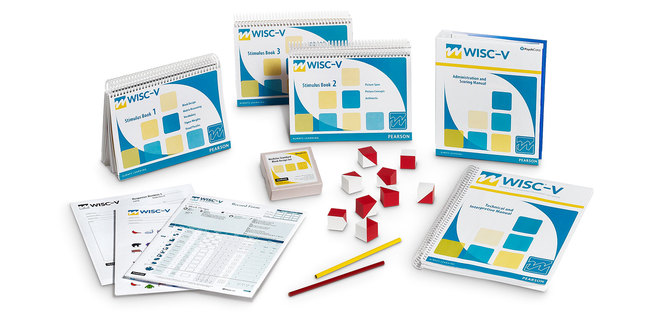Wechsler Intelligence Scale for Children® Fifth Edition (WISC®-V) is an intelligence test that measures a child’s intellectual ability and 5 cognitive domains that impact performance. Guidance on using this test in your telepractice.



Wechsler Intelligence Scale for Children | Fifth Edition
WISC-V
Wechsler Intelligence Scale for Children® Fifth Edition (WISC®-V) is an intelligence test that measures a child’s intellectual ability and 5 cognitive domains that impact performance. Guidance on using this test in your telepractice.Choose from our formats
Kits
Starter & complete kits, print & digital
2 options
Test forms & reports
Booklets, record forms, answer sheets, report usages & subscriptions
11 options
Support materials
Manuals, stimulus books, replacement items & other materials
14 options
Training
Onsite, virtual & on-demand trainings
4 options
All products
All tests & materials offered for WISC-V
31 options

